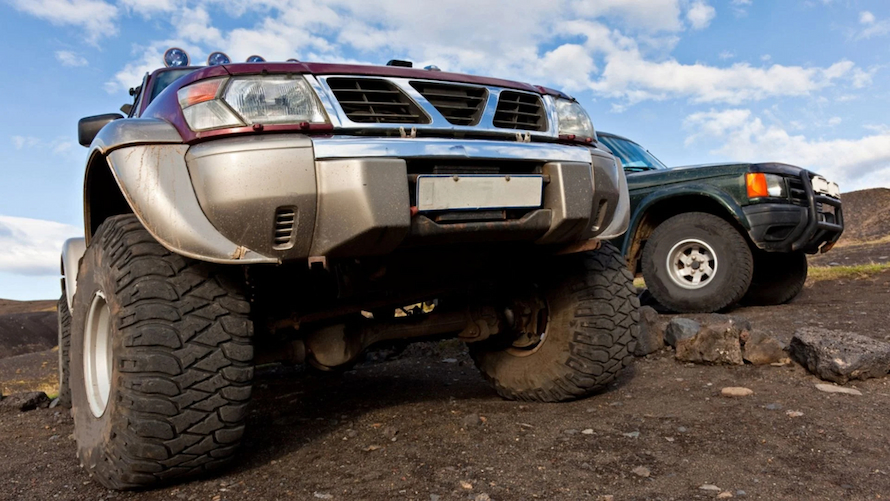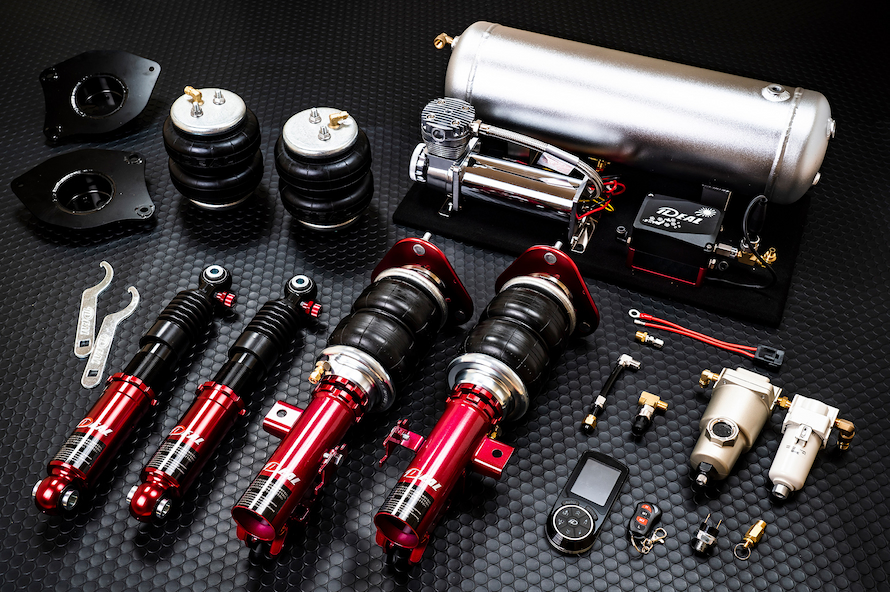Automotive
Rugged Rides: How 4×4 Tires Revolutionize Off-Road Adventures
The great unknown beckons to many adventure seekers, with its vast and uncharted territories waiting to be explored. The sheer thrill of traversing rugged landscapes and conquering challenging terrains is enough to entice any driver with a sense of adventure. With each new expedition, the demand for vehicles that can tackle these hostile environments increases, mainly because conventional vehicles are not built to withstand such conditions.
As such, there’s been a rise in the popularity of 4×4 vehicles, which boast an increased capacity for off-road travel. One crucial component that enables these vehicles to excel in such environments is their specialized tires, designed to handle the unique demands of outback expeditions. They’ve become an integral part of keeping your vehicle in good shape, with the right tires determining whether you make it through these tough terrains successfully.
What Is Different About 4×4 Tires?
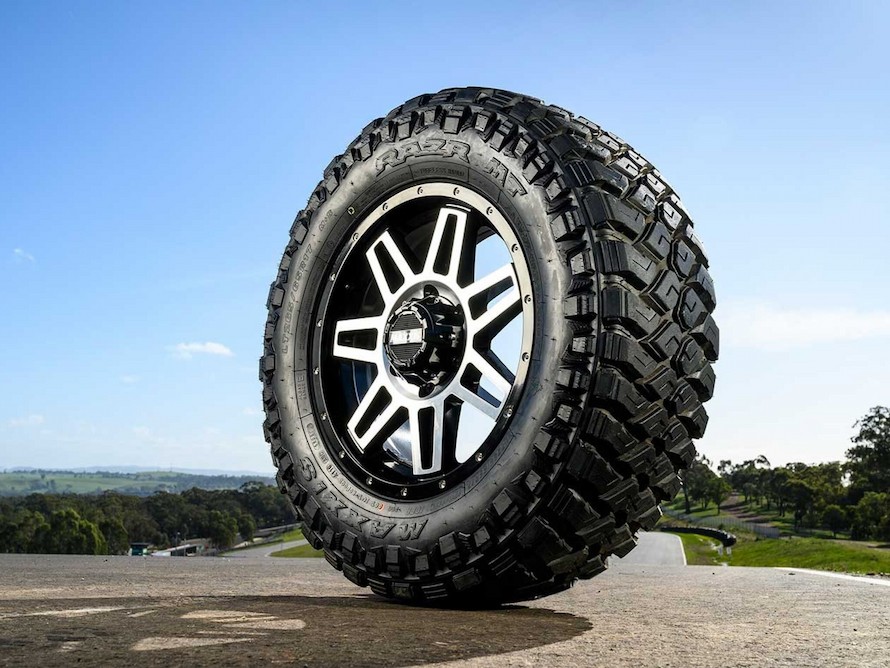
When you take a look at sturdy 4×4 tires for uneven and unpaved terrain, several obvious differences stand out compared to conventional tires. Some of them may be more familiar to you than others, but altogether, they contribute to the durability and performance of these tires in a variety of conditions.
Robust Tread Patterns
The aggressive tread patterns of 4WD tires are meant to provide maximum traction on loose and uneven surfaces, such as dirt, mud, or sand. The deep grooves and voids in the tread work together to grip onto the ground firmly, allowing for better control and stability while driving off-road. As opposed to regular models, which have more shallow tread patterns, these specialized options bring more versatility and reliability to your vehicle’s performance.
As such, they’re much easier to navigate across harsher terrain, providing you with more stability and control throughout your journey. You likely won’t struggle to get your vehicle unstuck, providing no one’s driving with you. Whether you’re in an SUV or truck, this tread design offers better handling and stability on off-road surfaces.
Reinforced Sidewalls
These tires are built tougher than their conventional counterparts, with reinforced sidewalls that are meant to withstand sharp rocks and potential damage from debris. This added strength keeps your tires rigid and prevents them from bending or collapsing under the weight of the vehicle, ensuring they remain functional even on rough roads. This feature also allows for a smoother ride, reducing the impact of bumps and potholes on your vehicle.
Puncture-Resistant Design
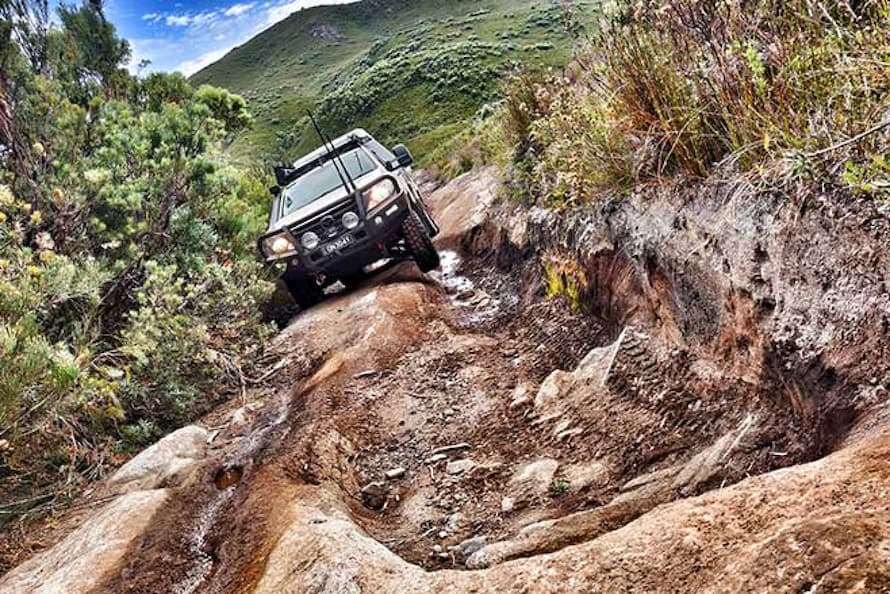
Off-road adventures can be quite unpredictable, and you never know what kind of terrain or obstacles you may encounter. Whether that’s the occasional sharp rock, tree branch, or metal debris, these tires have been designed to withstand whatever nature throws their way. The puncture-resistant design protects against damage and reduces the likelihood of a flat tire occurring during your journey.
Wide Footprint
Another distinctive feature of 4×4 tires is their wider footprint compared to regular ones. This increased surface area allows for better distribution of weight and pressure, reducing the impact on any given point of contact with the ground. This feature contributes to better handling and improved stability while driving on more challenging surfaces.
When you’re traversing rough terrain, the wider footprint of these tires will also prove helpful in keeping your vehicle from sinking into softer ground. The added surface area gives you more traction and stability on loose surfaces like mud or sand, helping to reduce the risk of getting stuck.
Self-Cleaning Ability
One challenging aspect of off-road travel is dealing with dirt and debris that can accumulate between the tread of your tires. Not only can this affect your traction, but it can also cause imbalances and vibrations that impact your vehicle’s handling. 4WD tires have been designed to be self-cleaning, with wider tread patterns that allow the debris to fall off quickly as you drive. This feature ensures stable and reliable performance throughout your journey without interruptions.
How Do You Select the Appropriate Tires?
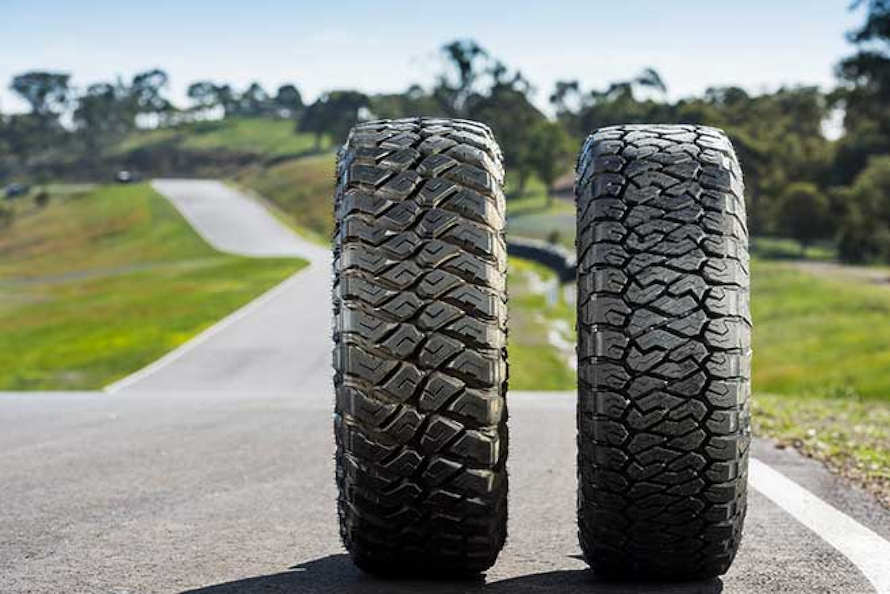
Given their unique features, these kinds of tires bring more to the table than conventional models, providing increased versatility and durability in various conditions. However, choosing the right one for your vehicle requires careful consideration of several factors.
Type of Terrain and Driving Conditions
Depending on the kind of off-road conditions you expect to encounter, you’ll need to pick a tire with specific tread patterns and design features. While they’re all designed to handle uneven terrain, some have better performance on mud or sand, while others excel on rocky surfaces. Their inherent design differences make them more suitable for certain conditions and driving styles, so you’ll need to think about the kind of terrain you’ll be facing most often.
For instance, if you plan on driving through muddy or sandy environments, you’ll need tires with more voids between tread blocks to ensure the mud doesn’t get stuck and hinder your performance. On the other hand, for rocky terrains, you’ll want a tire that’s better equipped to handle sharp rocks without sustaining damage.
Tire Size and Vehicle Compatibility
Another crucial factor to consider is whether the tire size you’re considering is compatible with your vehicle. They often feature larger proportions and different load-carrying capacities, so it’s essential to ensure the tires you want will fit your vehicle correctly. You can find this information in your owner’s manual or by consulting an expert who can recommend the best tire size for your specific vehicle make and model.
Maintenance and Inspections
Lastly, like all components of your vehicle, taking proper care of your 4WD tires is crucial to maximize their lifespan and ensure optimal performance. Regular maintenance checks and inspections will help identify any problems or wear on the tires before they become significant issues, saving you from costly repairs or replacements down the line. Make sure to follow recommended tire rotation schedules, and inspect for punctures, cuts, or uneven wear patterns in between rotations.


